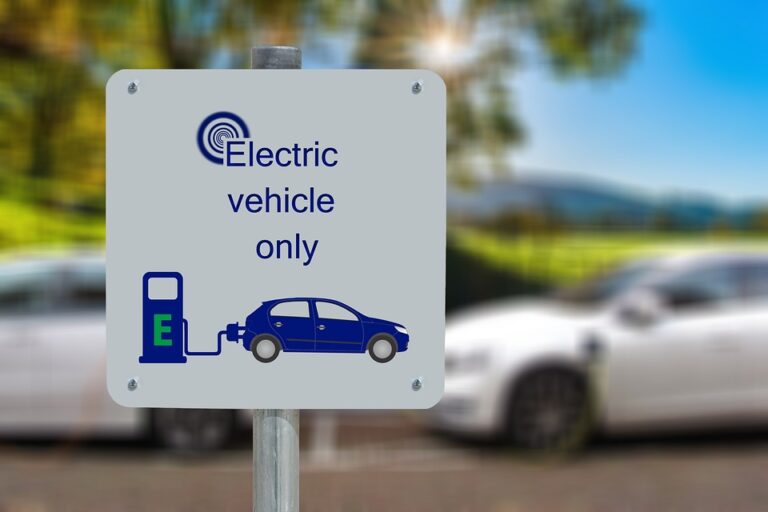Innovations in Charging: What’s Next for Electric Vehicle Charging Stations
As the global shift towards electric vehicles (EVs) accelerates, the spotlight is firmly on electric charging stations. These crucial infrastructures play a pivotal role in the adoption of EVs, shaping the landscape of modern transportation. With advancements in technology, innovative solutions are emerging to enhance the charging experience, reduce downtime, and meet the growing demands of an electrified world. This article explores the latest trends and future innovations in electric vehicle charging stations.
The Need for Speed: Ultra-Fast Charging Stations
One of the foremost innovations in electric charging stations is the development and deployment of ultra-fast charging. Traditional charging stations often require several hours to fully charge an EV, making them less appealing for consumers used to the convenience of refueling gasoline vehicles. The latest ultra-fast charging stations can deliver up to 350 kW of power, drastically reducing charging time to under 30 minutes for a full charge.
These stations utilize advanced technologies such as liquid-cooled cables and high-capacity power inverters, allowing for rapid energy transfer. Leading companies like Ionity and Electrify America are already deploying these stations across key routes and urban centers, aiming to alleviate range anxiety among drivers.
Smart Charging: Powering the Future
Smart charging technology is another area experiencing significant advancements. This approach allows electric charging stations to communicate with the grid, optimizing energy consumption based on demand, pricing, and renewable energy availability. For instance, smart charging solutions can schedule charging during off-peak hours when electricity is cheaper, or when solar and wind energy outputs are at their peak.
Moreover, vehicle-to-grid (V2G) technology facilitates greater interaction between EVs and the grid. With V2G systems, EVs can return stored energy to the grid during peak demand periods, essentially turning parked vehicles into energy storage units. This innovation not only enhances grid stability but also provides users with potential financial incentives.
Integration with Renewable Energy Sources
The push for sustainability has led to a significant integration of renewable energy sources into electric charging stations. By utilizing solar panels and wind turbines, charging stations can harness clean energy, reducing their carbon footprint and operational costs.
An excellent example is the Solar EV Charging Station developed by companies like Envision Solar, which combines solar technology with EV charging to create a sustainable solution. As more charging stations incorporate renewable energy, the overall environmental impact of electric vehicles will diminish, making them even more attractive to consumers concerned about climate change.
Innovations in Payment and Accessibility
Another significant trend in electric vehicle charging stations is the evolution of payment and accessibility features. User-friendly mobile applications allow drivers to locate nearby charging stations, check availability, and pay seamlessly using various financial methods.
In addition, advancements in mobile payment technologies, like contactless payment systems, are streamlining the user experience. Some charging networks are introducing subscription models, enabling customers to access multiple charging stations for a flat fee, creating a sense of convenience and security for regular users.
Enhanced User Experience: IoT and Connectivity
The Internet of Things (IoT) is transforming the way charging stations operate, offering enhanced connectivity and user experience. Smart stations can supply real-time data, including charging speed, estimated time to completion, and operational status via mobile apps.
For instance, the integration of machine learning algorithms allows these stations to predict peak usage times, adjust pricing, and even notify users of potential maintenance issues. This increases reliability and ensures that drivers can depend on consistent service when they need it most.
The Role of Government and Public-Private Partnerships
Government support and initiatives play a crucial role in the advancement of electric charging infrastructure. Many regions are investing heavily in charging systems, incentivizing private companies to innovate and expand their networks. Public-private partnerships are transforming urban landscapes by strategically placing charging stations in high-traffic areas, homes, and workplaces.
Moreover, initiatives like the Biden Administration’s investment in EV infrastructure aim to make electric charging stations more accessible and ubiquitous across the United States, paving the way for widespread EV adoption.
Conclusion: A Bright Future Ahead
As the electric vehicle market continues to expand, innovations in charging stations are critical for supporting a sustainable and electrified transportation future. From ultra-fast charging and smart technology to renewable energy integration and seamless payment options, the future of electric charging is bright and promising.
For users, the evolution of electric charging stations means improved convenience, cost savings, and a more connected driving experience. As infrastructure develops, it will not only enhance the electrification of transportation but also contribute significantly to global sustainability efforts.
If you’re an EV user or planning to transition to electric driving, embracing these innovations will not only empower your green journey but also put you at the forefront of a transportation revolution. Stay informed and ready for a cleaner, electric-powered future!
For ongoing updates on electric vehicle trends and innovations, explore other articles and resources on buzzo.live.


